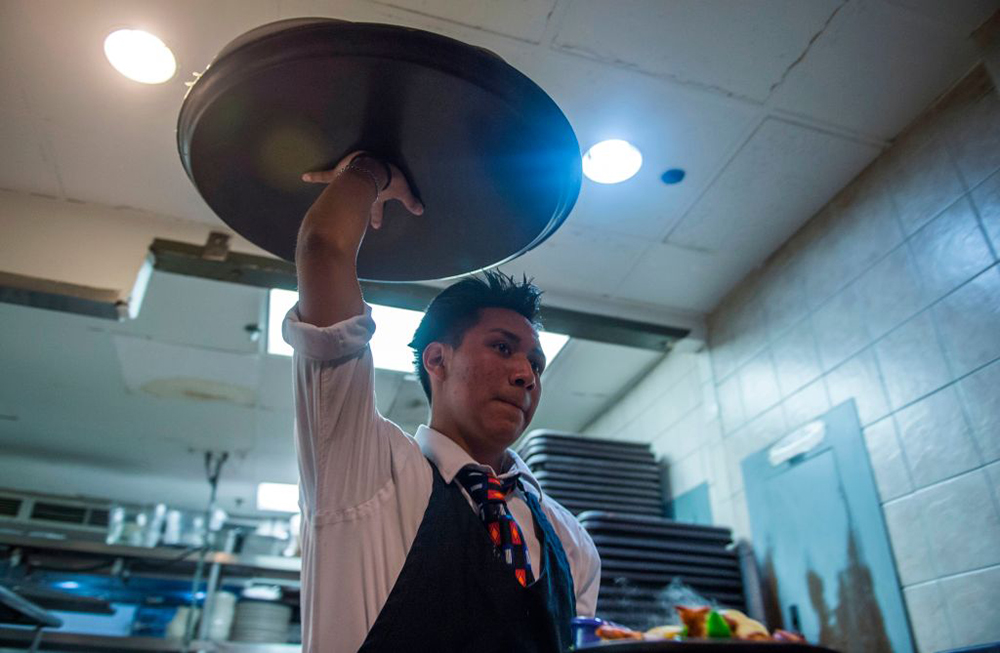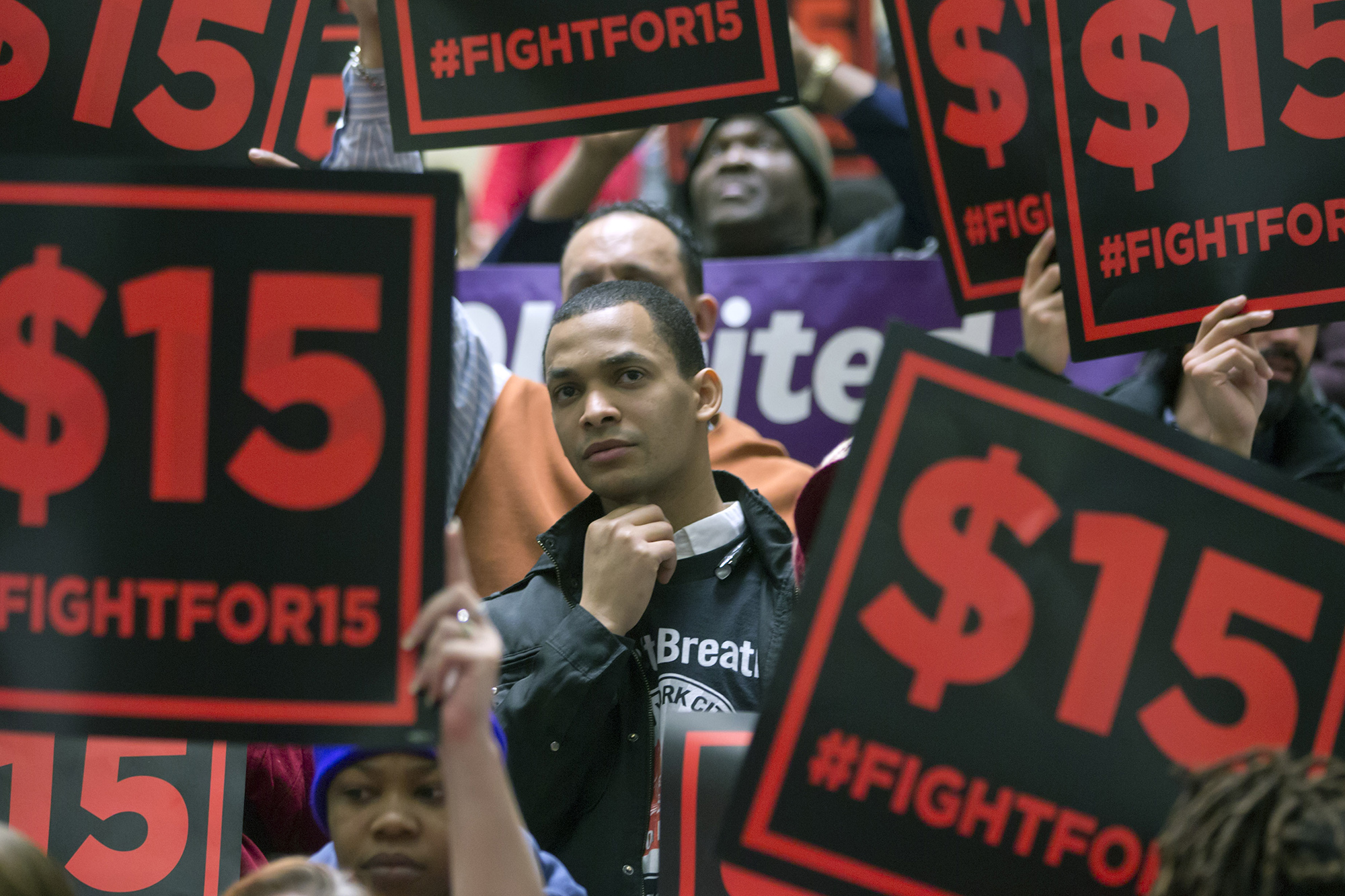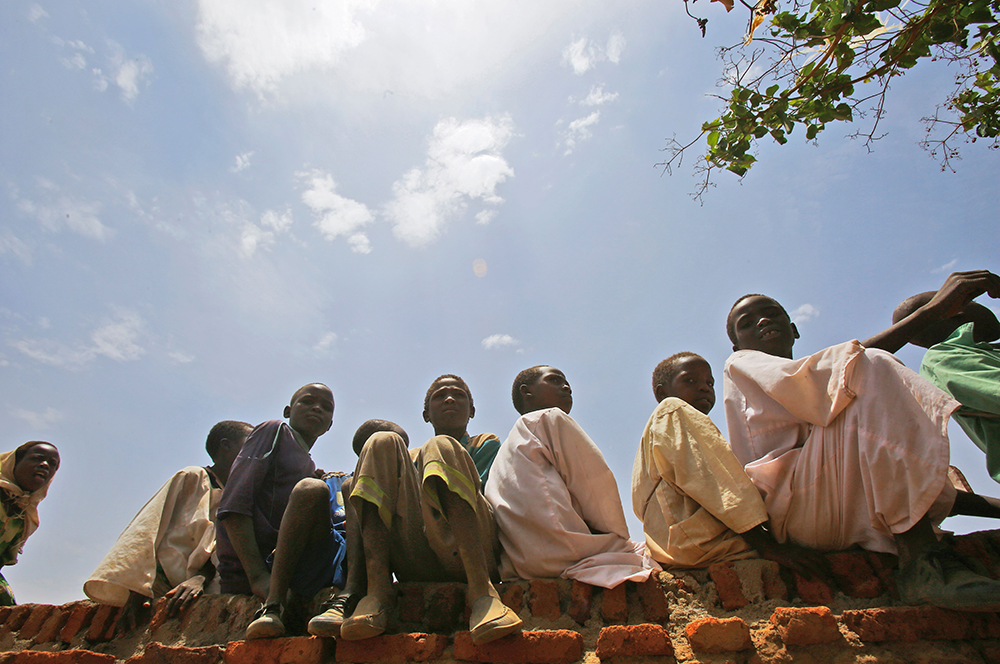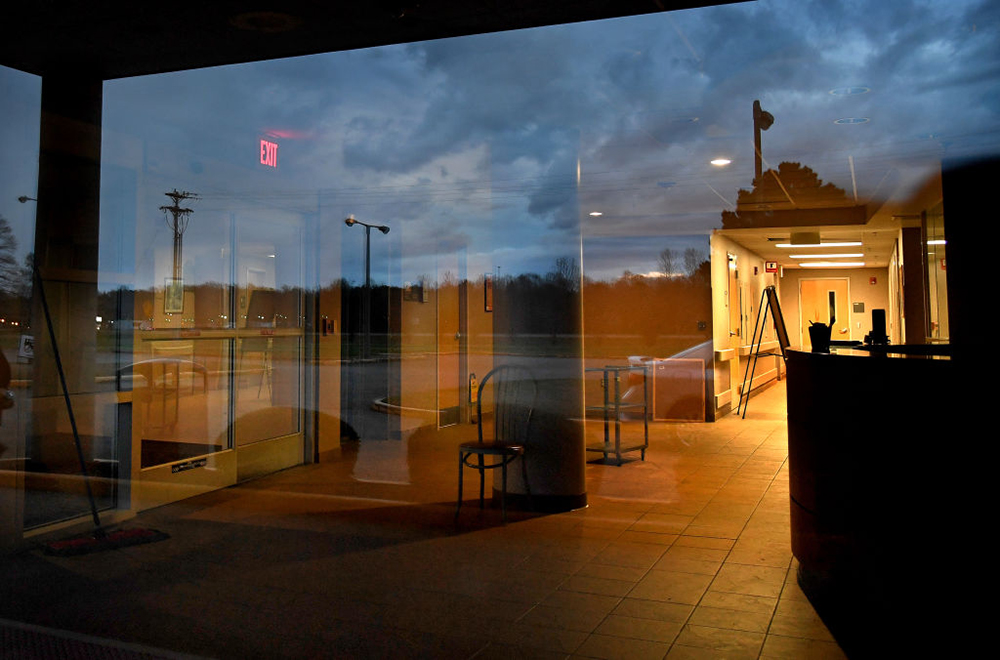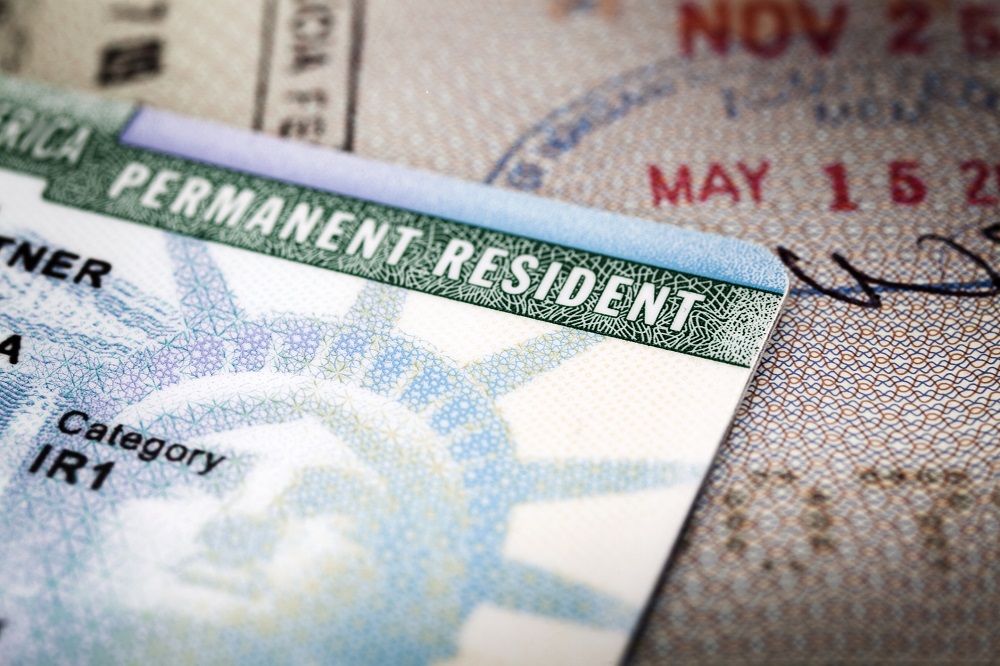It’s been a bad week for democracy. While all eyes have been on a Republican power grab in Wisconsin, the Republican-controlled Michigan legislature quietly gutted its brand-new laws to increase the state’s minimum wage and provide residents with paid sick leave.
Lawmakers initially passed the popular policies in September, after it became clear that ballot initiatives to raise the minimum wage to $12 an hour by 2022, phase out the tipped minimum wage, and guarantee 72 hours of paid sick leave were likely to be approved if they were put to the state’s voters in November. Concerned that they’d be unable to overturn a ballot initiative, which would require a three-fourths supermajority, Republican legislators took the extraordinary step of passing the law themselves — so they could come back and dismantle it with a simple majority in the current lame duck session.
The new Republican bill delays the minimum wage increase by eight years, until the year 2030. Paid sick time is slashed in half, to just 36 hours per year. In addition, it maintains the tipped minimum wage, increasing it to just $4.58 by 2030, which earlier legislation would have phased out. The bill now heads to the desk of the outgoing Republican governor, Rick Snyder, who is expected to sign it into law.
Get Talk Poverty In Your Inbox
Outright subversion of democracy to defeat minimum wage hikes isn’t new. A similar series of events played out in Washington, D.C., just this year, when the supposedly progressive D.C. council repealed a ballot initiative to eliminate the tipped minimum wage just four months after the voters passed it. In Maine, lawmakers reinstated the tipped minimum wage in 2017 after voters eliminated it the year before.
It seems that the same lobbying group may have been behind the repeal of all three bills.
The National Restaurant Association, or NRA, represents more than 500,000 restaurant businesses, making it the world’s largest food service trade association. Over the last 28 years, the NRA and its largest corporate members have spent more than $78 million on campaign contributions, spending $12 million just in the 2016 election cycle. And they have a powerful and dangerous playbook: prevent minimum wage increases at any cost.
All three of the most recent minimum wage hike reversals received significant backing from the National Restaurant Association. In Michigan, dozens of legislators received campaign contributions from the National Restaurant Association during this past election cycle, including the House majority leader.
The Michigan Restaurant and Lodging Association, the state-level partner of the NRA, openly bragged about the amount of control that this bought it over the state’s minimum wage fight, saying that it “worked tirelessly with the Michigan Legislature to prevent this onerous proposal from going to the ballot.”
Similarly, in Washington, D.C., the NRA contributed more than $236,000 in campaign funds to 13 of the city council’s 14 members. It helped fund an astroturf campaign designed to appear as if it was led by restaurant workers, which flooded public hearings with testimonies. In Maine, the Maine Restaurant Association vehemently lobbied the state legislature until the tipped minimum wage increase was overturned.
In most of its campaigns, the National Restaurant Association claims that minimum wage increases will hurt businesses and eliminate tips that workers depend on. Even a cursory review of the research shows that neither claim is true. The growth of restaurants and restaurant employment is more robust in “equal treatment states,” where there is no tipped minimum wage, compared with states that use the federal minimum tipped wage of $2.13 per hour. And tipped workers in those states see 17 percent higher earnings on average, including tips.
According to the Economic Policy Institute, one in six restaurant workers, or 16.7 percent, live below the official poverty line — fully 10 percentage points higher than workers outside the restaurant industry. Abolishing the tipped minimum wage is particularly beneficial to women and people of color, both of whom receive significantly less in tips than their white, male counterparts.
Raising the minimum wage is among the most popular polices out there, across party lines. In fact, a study released earlier this week finds that in literally every single state in the U.S., the minimum wage is lower than residents want it to be. That’s why when minimum wage increases are on the ballot, they pass. So the National Restaurant Association is doing everything it can to keep voters from having a say, with dangerous consequences for low-wage workers — and for democracy writ large.


